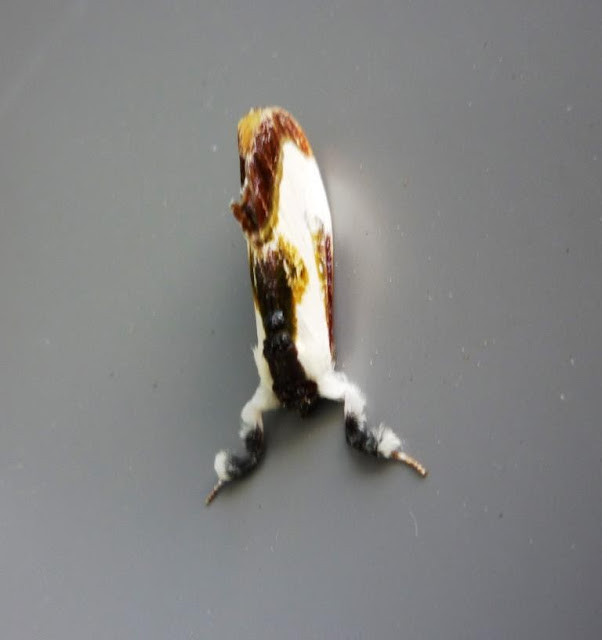Happy Birthday, Henna!
Here are some little creatures I saw this summer to help celebrate your third birthday. Hope you have a wonderful party!
This summer I have been fortunate to see a number of butterflies and moths.
This summer I have been fortunate to see a number of butterflies and moths.
Butterflies
 |
| This first butterfly I found sipping sap from a very old white oak tree near our house. Its common name is Creole Pearly Eye. The five eyespots on both forewing and hind wing help identify it. |
Moths
 |
| Another Luna Moth landed on the window a few days later. This moths are in the silkmoth family. The caterpillar spins its cocoon from silk that it makes |
 |
| This Rosy Maple Moth landed on the page of a butterfly and moth book that was open to the page that describes it! |
 | |
This is a Tuliptree Beauty Moth. Its caterpillar is one of the larger "inch worms". The caterpillar feeds on the leaves of Pawpaws, Sassafras, Poplars, and Tuliptrees. The moths in the "inch worm" family are also called geometers ("measures the earth") because of the way the caterpillar moves along a leaf. If the caterpillar is frightened, often it will hold its body stretched out so that it appears to be a small twig.
|
 |
| This little tiny moth is a Southern Emerald Moth. Its caterpillar is also a geometer, but a much smaller one. It feeds on the leaves of blackberries and Black-eyed Susan as well as many other plants. |
 |
| This unusual moth is called the Beautiful Wood Nymph. Its "nickname" is the "Bird Poop Moth" because it disguises itself on a leaf or a twig as a "splash" of bird poop. |
Happy Birthday, Henna!








No comments:
Post a Comment